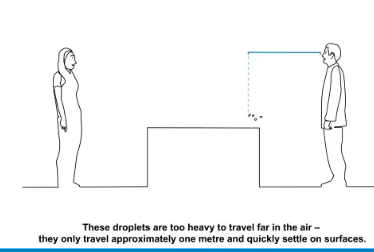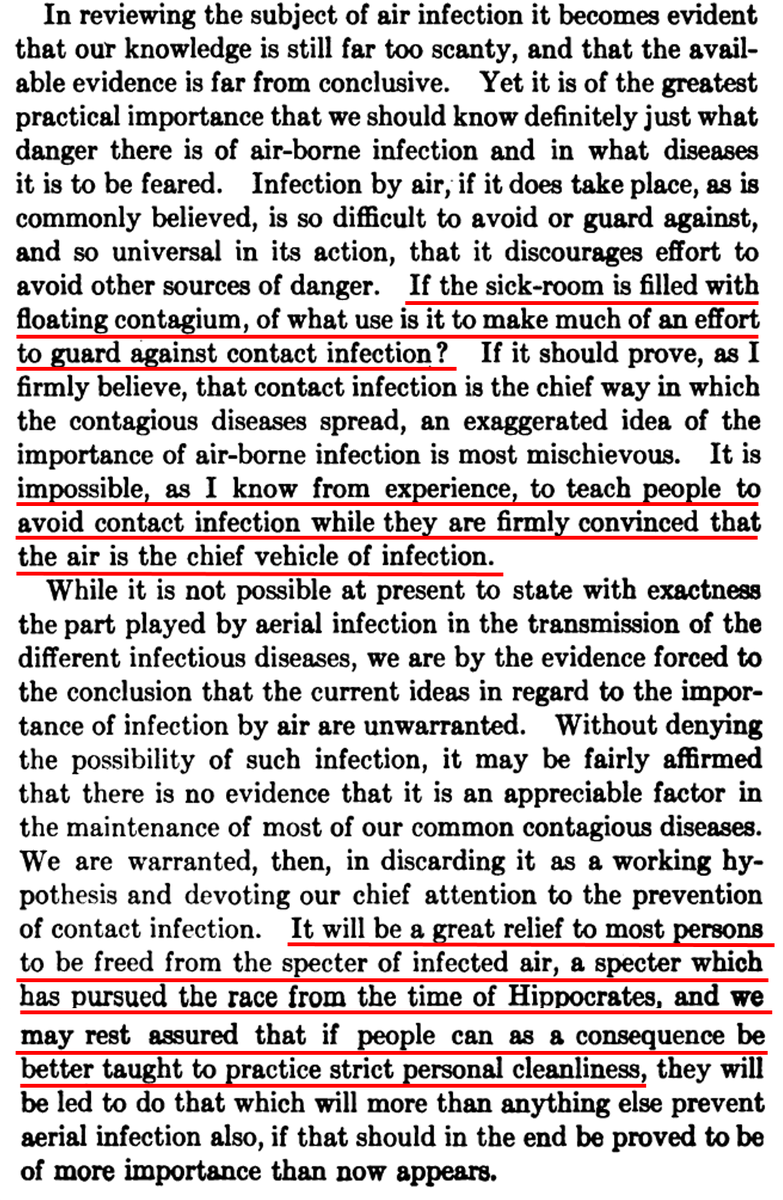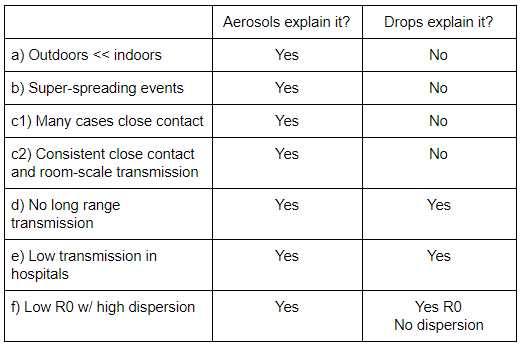Most important property of aerosols is size. Bc mass increases with the diam^3, aerosol properties change dramatically w/ size
But real size for droplets falling that quickly is > 50 μm, so 10 times the size and 1000 (!) times the mass
Which is curious, given that pollen ranges in size from 15 to 200 μm! (sciencedirect.com/topics/agricul…).
Clearly we are as safe with these authors and aerosol mechanics as ppl would be if I just started giving medical advice.
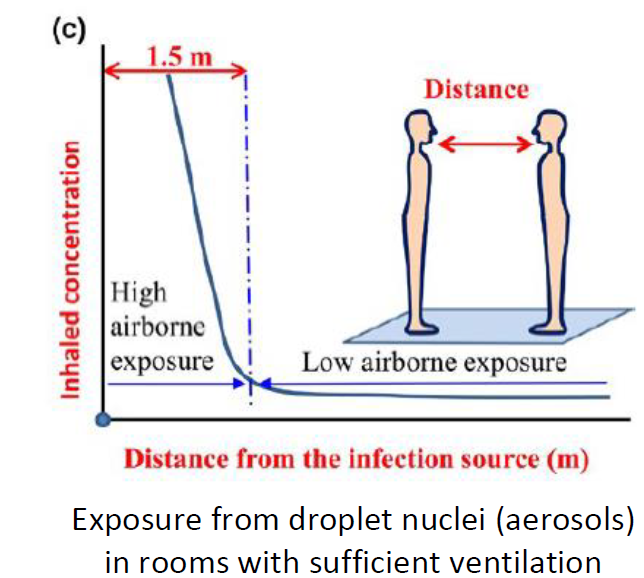
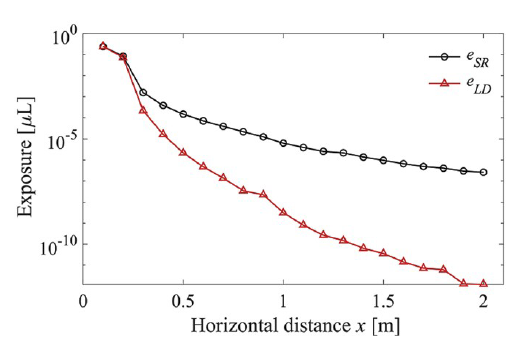
I agree with that, but that is not what we think aerosols are doing for COVID-19. Aerosol transmission, but with much lower contagiousness than e.g. measles (ballpark x 20 less).
This is reflective of the same misunderstanding discussed above. No clear conclusions about the modes of transmission emerge from that observation.
Except that they seem quite common: (nytimes.com/2020/06/30/sci…, nytimes.com/2020/06/02/opi… and studies linked therein).
Side point: “Reviewing the literature on large droplet transmission, one can find no direct evidence for large droplets as the route of transmission of any disease” sciencedirect.com/science/articl…
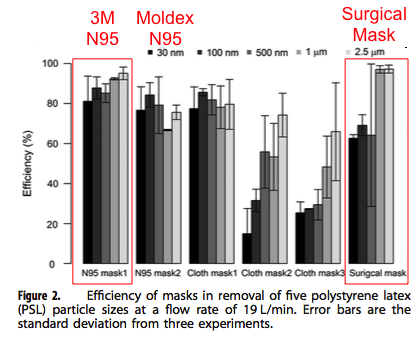
@linseymarr @j_g_allen @CorsIAQ @CathNoakes @ShellyMBoulder @WargockiPawel @SaskiaPopescu @eliowa @RanuDhillon @dan_diekema @jdangjackson
@SamInSilico @raj_mehta @asato4kids
@epireport @CIRESnews @Babak_Javid_Lab
@javisalas @kprather88 @mauricedehond @ErinBromage
@crisperi @WinstonBharatMD @JAMA_current @ProfCharlesHaas @xqcgeo
washingtonpost.com/health/2020/07…

